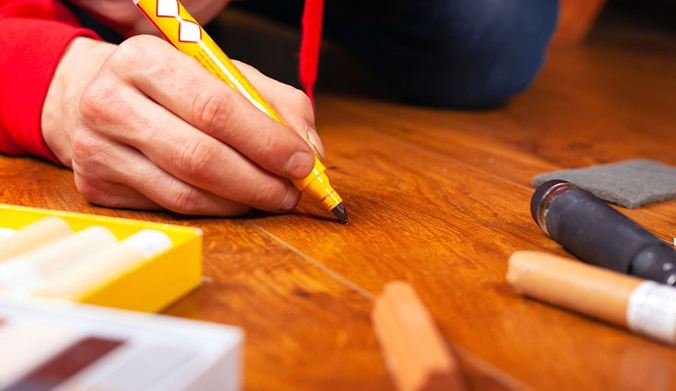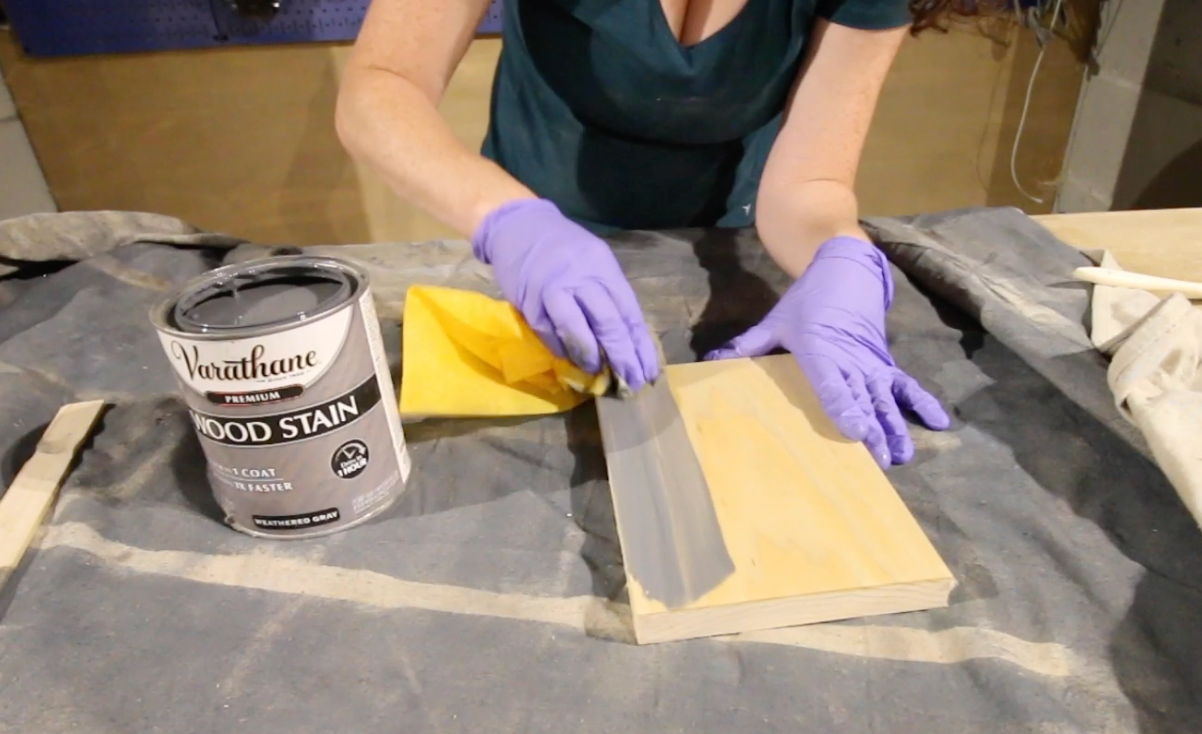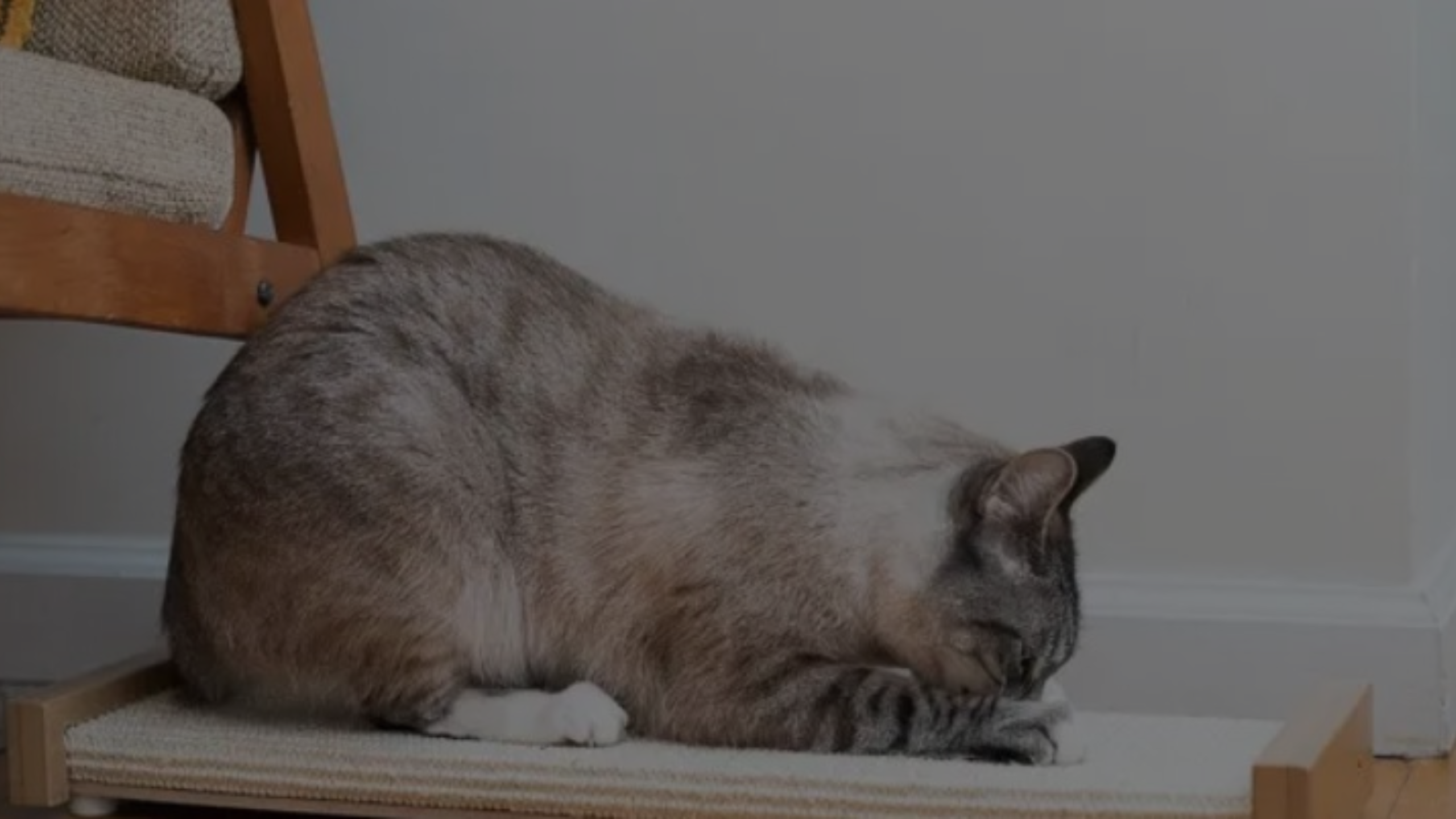Ah, the delightful companionship of feline friends brings a mix of joy and, well, scratched wood. While our beloved cats express their natural instincts through scratching, it often leaves our wooden furniture and trims worse for wear. But fear not! In this comprehensive guide on how to fix cat scratches on wood, we’ll equip you with the knowledge and tools needed to remedy those pesky scratches and return your wood to its former glory. Say goodbye to unsightly marks and hello to a harmonious coexistence with your furry pals.
Assessing the Damage(Scratch)
Before diving into repairs, it’s crucial to understand the extent of the damage. Here’s a breakdown:
- Minor scratches: These are superficial marks that haven’t penetrated the wood’s finish.
- Deep scratches: These gouge into the wood, exposing the raw material beneath.
- Gouges: These involve significant material loss, leaving deep grooves.
Pro Tip: Take a picture of the damage for reference when selecting repair methods.
Essential Tools and Materials
Gather these tools and materials before embarking on your restoration mission:
- Cleaning supplies: Microfiber cloths, mild soap solution, and rubbing alcohol (for deep cleaning).
- Sandpaper: Different grits (120, 220, and 320) for smoothing and finishing.
- Wood filler: Choose a water-based or solvent-based filler that matches your wood’s color and finish.
- Mineral spirits or paint thinner: For removing stubborn residues.
- Stain: Opt for a stain matching your wood’s color if the scratch requires staining.
- Applicators: Putty knife, fine-tipped brush, and sanding block.
- Sharpie marker (optional): For concealing minor scratches on stained wood.

Repair Strategies for Different Scratches
Now, let’s delve into specific repair methods based on the scratch’s severity:
Minor Scratches
- Clean the area: Remove dust, dirt, and oils with a microfiber cloth and mild soap solution.
- Buff with mineral spirits: Use a soft cloth dampened with mineral spirits to remove stubborn marks.
- Apply furniture polish: Buff with furniture polish to restore shine and disguise minor scratches.
- Use a Sharpie (optional): Carefully choose a Sharpie matching your wood’s color and apply light strokes along the scratch. Blend and buff gently.
Deep Scratches and Gouges
- Clean and sand: Thoroughly clean the area and sand lightly with 120-grit sandpaper to smooth the edges of the scratch.
- Apply wood filler: Fill the scratch with wood filler using a putty knife. Ensure it’s level with the surrounding wood.
- Sand again: Once dry, sand with 220-grit sandpaper to smooth the filler. Repeat with finer grits (320) for a polished finish.
- Stain (optional): If the scratch exposed bare wood, apply a matching stain to blend the repair seamlessly. Allow it to dry completely.
- Seal (optional): Apply a clear sealant to protect the repaired area and enhance its durability.

Pro Tip: Test the repair process on an inconspicuous area of the wood first to ensure color compatibility and avoid unwanted surprises.
Preventing Future Scratches
While repairs can restore your wood, prevention is key to long-term peace of mind. Here are some strategies:
- Provide scratching alternatives: Offer scratching posts, sisal mats, and cardboard boxes in various locations to satisfy your cat’s natural instincts.
- Make them enticing: Place scratching posts near windows, cat trees, and other areas your feline frequents. Sprinkle catnip on them for added attraction.
- Reward positive behavior: When your cat uses the scratching post, offer praise and treats to reinforce the desired behavior.
- Trim their claws: Regularly trimming your cat’s claws can minimize damage. Consult your veterinarian or groomer for proper trimming techniques.
Conclusion: A Purr-fect Finish
With the right tools, techniques, and a touch of patience, you can vanquish those pesky cat scratches and restore your wooden treasures to their former glory. Remember, prevention is key to maintaining harmony between your feline friend and your precious furniture. So, arm yourself with knowledge, provide scratching alternatives, and enjoy the purr-fect balance between cat companionship and a scratch-free home!
Resources & References
- https://www.mountainstatescabinetry.com/how-to-fix-a-scratch-on-wood-cabinets-and-3-signs-its-time-to-replace-them/
- https://www.getmulberry.com/articles/fix-scratches-in-wood-table
- https://www.thespruce.com/apply-wood-putty-for-strong-bond-1822743
- https://vcahospitals.com/know-your-pet/how-to-trim-a-cats-nails
FAQs About Fixing Cat Scratches on Wood
Can I use household items to fix minor scratches?
Yes, for minor scratches, several household items can help! Try buffing the area with walnut oil, mayonnaise, or petroleum jelly. Alternatively, rub a raw pecan along the scratch in the direction of the grain. Remember, these methods offer temporary fixes and might not work on deeper scratches.
What type of wood filler should I use?
Choose a wood filler that matches the type and color of your wood. Opt for water-based fillers for unfinished or lightly finished wood, and solvent-based ones for heavily finished or stained wood. Ensure the filler dries to match the existing sheen (matte, satin, or gloss).
How can I hide the repair on stained wood?
For minor scratches on stained wood, after cleaning and buffing, consider using a stain marker instead of wood filler. Choose a marker that closely matches your stain color and gently apply light strokes along the scratch, blending as you go.
What if sanding damages the surrounding wood?
Start with the lowest grit sandpaper (120) and work your way up to finer grits for finishing. Sand lightly and only in the direction of the grain to avoid creating new scratches. If unsure, practice on an inconspicuous area first.
My cat keeps scratching the same spot. How can I stop it?
Ensure your scratching posts are tall, sturdy, and placed in attractive locations. Use catnip to entice your cat, and reward them for using the posts. Address any underlying reasons for scratching, like stress or boredom, by enriching their environment with toys and playtime.







